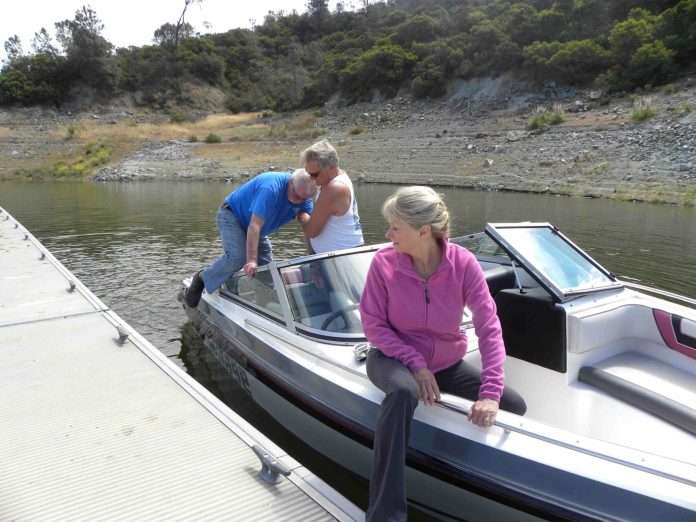
Boaters who enjoy the local waterways over the summer lost access to one area hot-spot and it’s unclear how long another will remain open after an odor-causing algae in the drinking water forced officials to switch its main water source.
Coyote Lake was closed to recreational boating last week as the Santa Clara Valley Water District started to draw water from Anderson Reservoir earlier this month. Anderson, which connects to Coyote, remains open to boating for now, and water officials hope to keep it that way through the end of the season.
“Right now, it should stay open for the foreseeable future, but we have had to switch from our water source to Anderson,” said Colleen Valles, public information representative with the SCVWD.
Valles added that “if we have to keep drawing down the water,” it could prematurely end boating on Anderson this summer as well.
The boating season runs from April 15 through Oct. 14. Last year, Anderson was closed for boating in mid-August due to low water levels. If the water level reaches around 40,000 acre feet, then boats can’t be safely launched.
This summer, SCVWD was treating water from the delta as its main source for the county’s drinking water until late June-early July. That when an “earthy, musty odor” was detected due to the presence of algae in the water. A byproduct of the algae called geosmin was causing the smell.
“It doesn’t affect the water quality. It is still safe to drink,” Valles said.
Water officials first switched to San Luis Reservoir but found the same algae issue in that source, according to Valles. Then, they decided to tap Anderson water July 6. They are currently working on other options as well, so the water level does not drop to a level unsafe for boating at Anderson.
“We’re making some operational changes to decrease the amount of water that we’re taking from Anderson,” Valles said.
Anderson, the largest reservoir in the county, is also in line for a $200 million dam retrofitting project that will cease any water activities during construction. That project is scheduled to begin in Spring 2017 with an estimated completion date between November and December 2020.
Because of seismic restrictions imposed by state regulators, the lake can only be filled to about two-thirds of its maximum capacity.
As of July 25, Anderson is at 54.2 percent capacity or 48,971.9 acre feet, according to SCVWD statistics.







